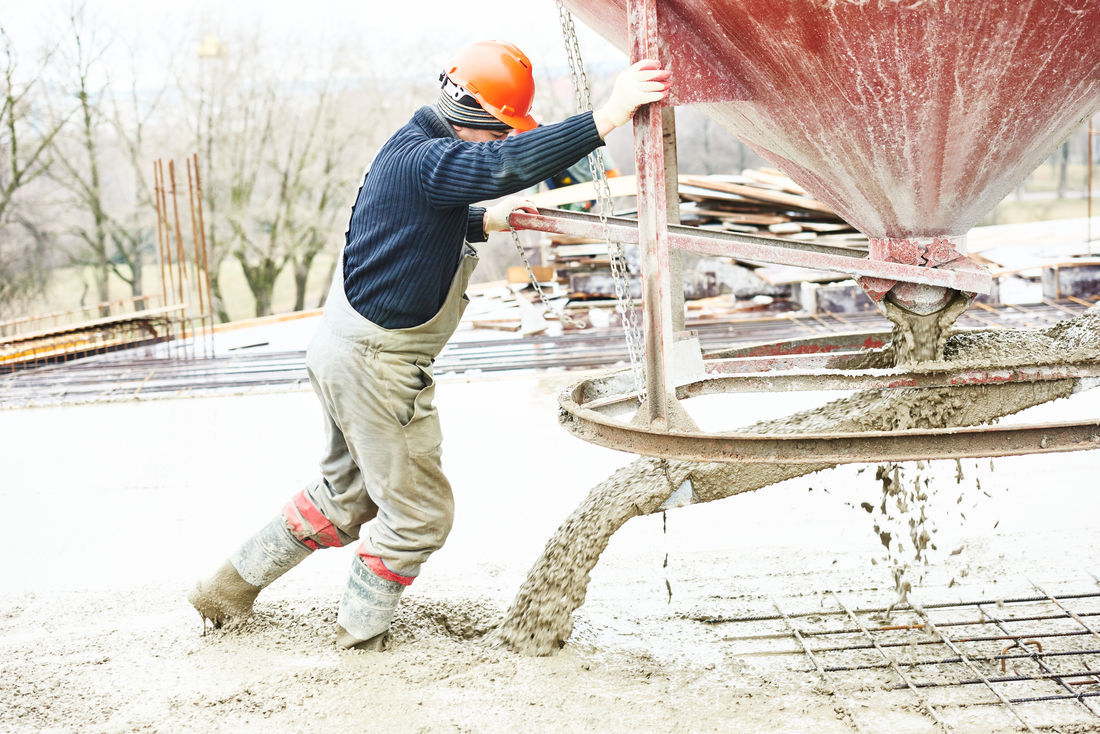Like any industry, you’ll find there are bad concreting contractors, and unfortunately, they can really inflict damage on your project. The big concern with concrete is that once it’s poured and set, a bad job isn’t always that easy to fix. That’s why it’s so important to hire a quality concrete contractor to begin with! Let’s take a look below at five of the common problems encountered when you put too much faith in an inexperienced or unreliable concrete contractor.
- Formwork Failures
Whether it’s for stairs, foundations or beams, one of the biggest concerns when using concrete for building construction is when the contractor fails at any aspect of the formwork process. The formwork, (aka concrete mould) whether it’s made from timber, plastic, steel or plywood, must be designed so that it can withstand both the heavy weight and the hydrostatic pressure of the poured wet concrete. The formwork must also be installed correctly, it must be free from defects and it must only be removed when the concrete has reached a specific strength. The concrete itself needs to be poured at a certain rate to prevent the hydrostatic pressure creeping too high.
If any of these formwork rules aren’t followed you could face a concrete blow-out or even the collapse of the entire structure! Obviously this is incredibly dangerous for workers onsite as well as being very expensive to remedy.
- The Wrong Type of Concrete Being Used
Did you know that concrete comes in a wide variety of formulas and water ratios to suit a range of applications? The lowest-strength type of concrete is generally used for structures like pavements and kerbing for example, but then you have a range of stronger concretes, many of which contain additional ingredients, to give them the strength and durability needed for roads, buildings and dams etc. Obviously using the right concrete mixture for the job at hand is absolutely critical!
- Bad Curing
What is curing? It’s simply the term for the controlled drying out and hardening of concrete. This paradoxically involves making sure the concrete stays moist and protected for up to five days after it was laid. When concrete is not cured properly or, simply left to dry out any-old-how, you end up with concrete that’s weak, prone to cracking and likely to buckle during temperature changes.
- Failure to Let it Bleed
Concrete actually needs to ‘bleed’ after it’s poured. Bleeding refers to the process whereby water trapped in the concrete is allowed to slowly evaporate. If your contractor applies a finish before the concrete can complete bleeding, this means you’ve got concrete that will be weakened in spots where moisture is trapped, and prone to cracking, especially when pressure is applied.
- Too Much Water In the Mix
When a concrete is mixed with too much water, you’ll end up with problems like shrinkage and cracking. This means the concrete will not only look bad, it’ll likely be more porous than intended. The concrete will also be fragile and simply won’t last the length of time you’d expect.
Concrete is incredibly durable and reliable, but it needs to be poured, mixed and cured correctly in order to go the distance.
For quality formwork and other concrete construction, contact SS Prime Form today.

